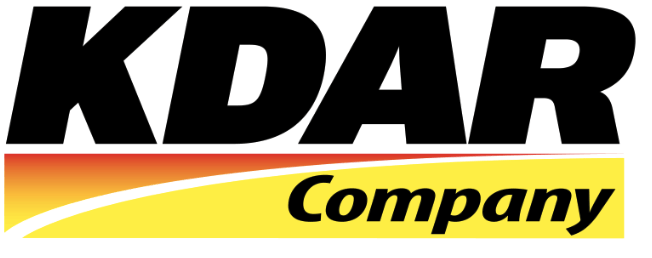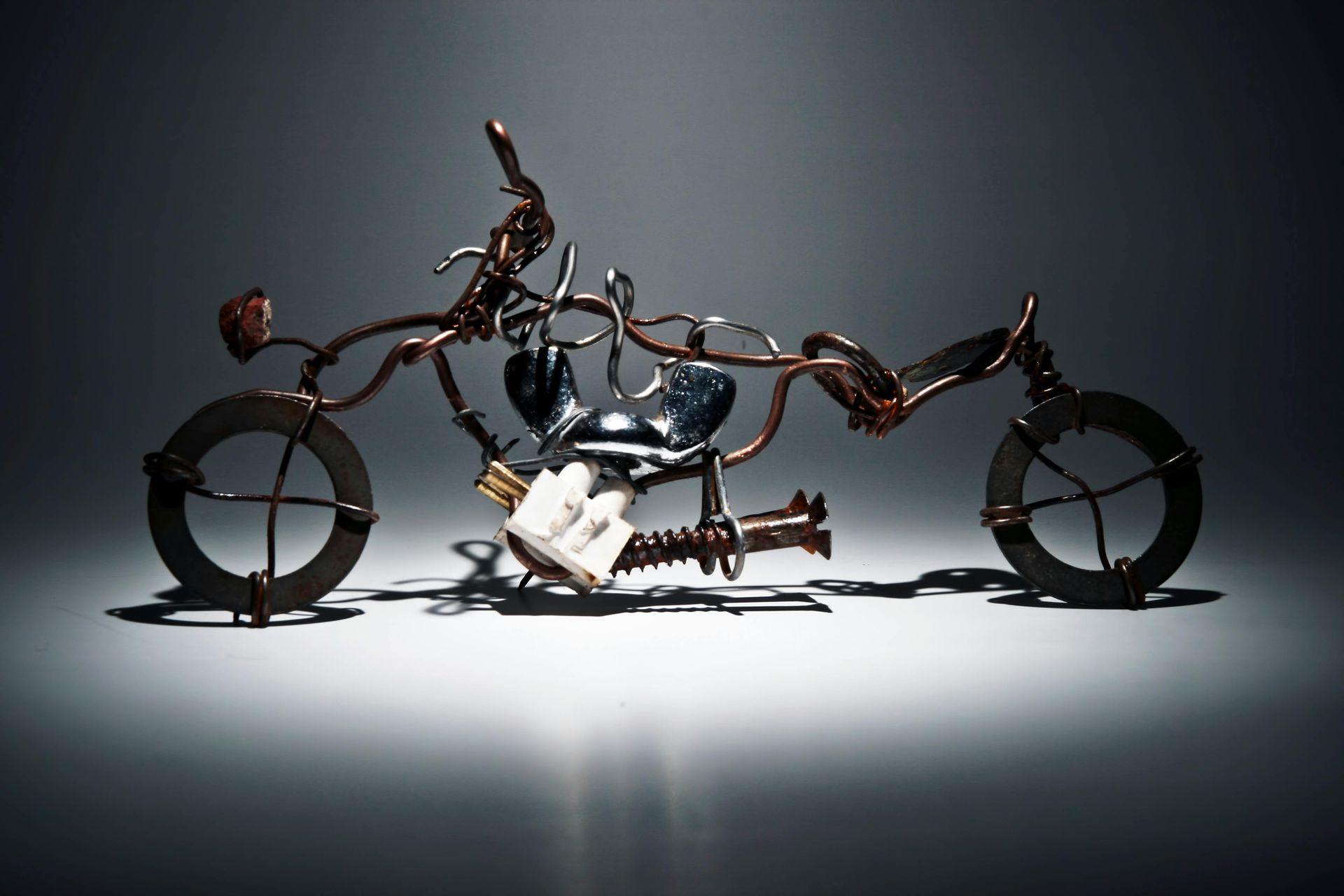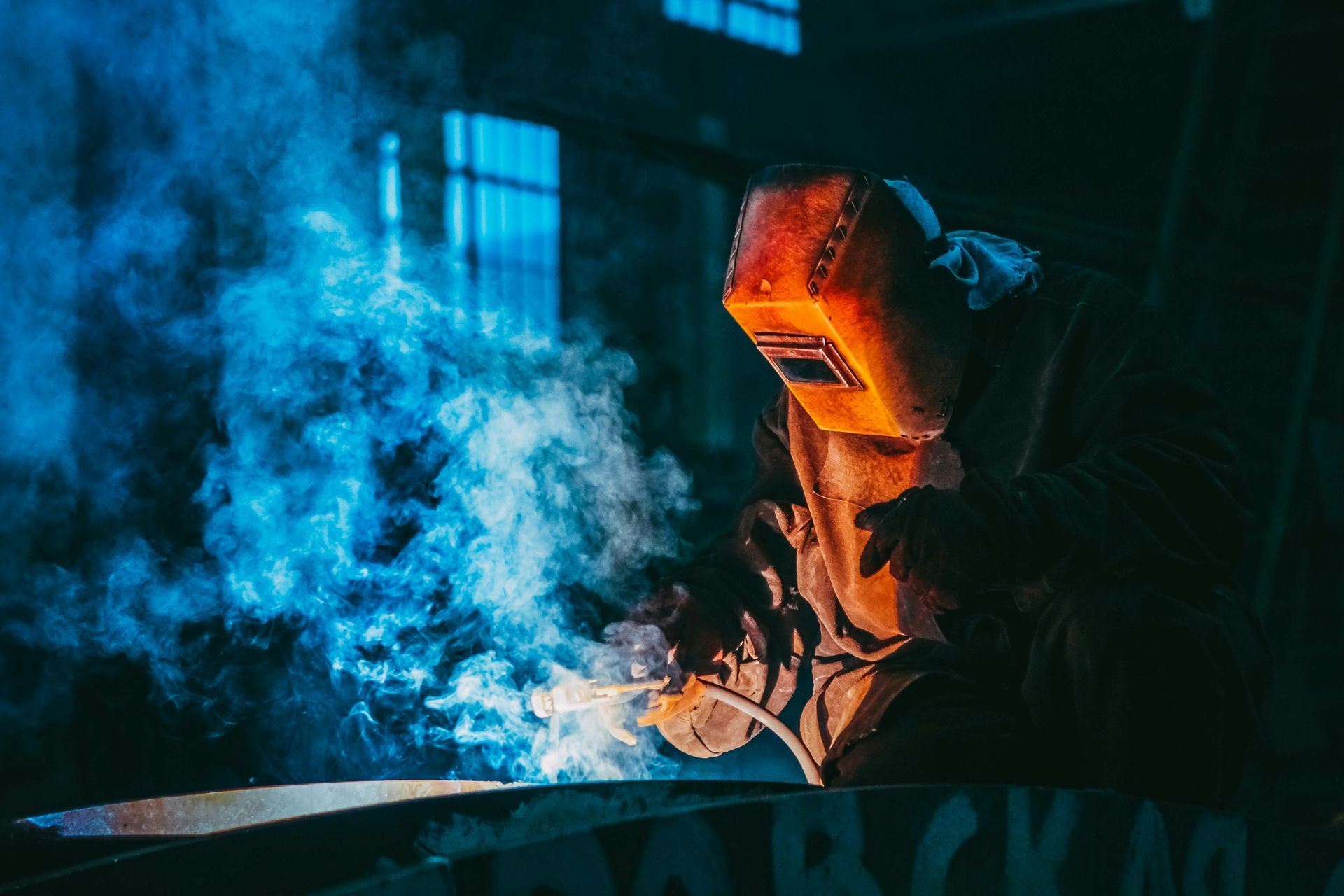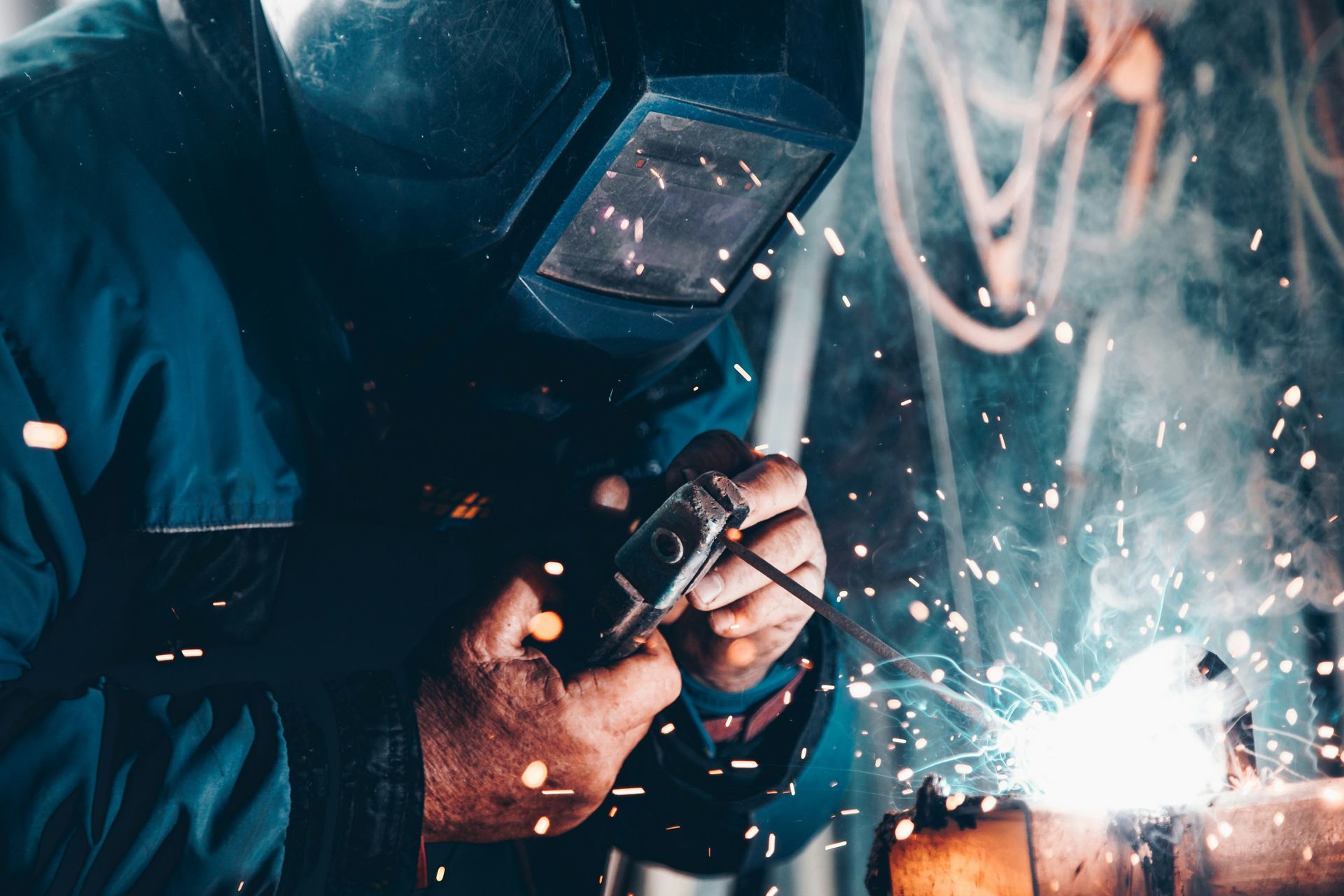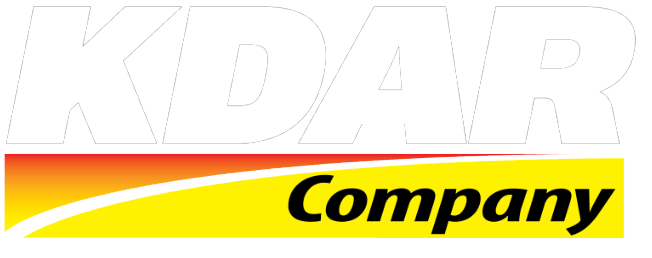A Guide to Setting Up Your Welding Station
August 11, 2025
The spark of inspiration hits differently when you're holding your first welding torch.
That moment when molten metal flows like liquid lightning, joining two pieces into something more substantial than either could be alone; it's pure magic.
Before you can create that first perfect bead, you need a welding station that's both functional and safe.
Whether you're a vocational student taking your first steps, a beginner welder ready to dive in, or a professional setting up a new workspace, this guide will provide a basic overview for creating your perfect welding station.
Choosing Your Space: Workshop vs. Industrial Considerations
Your welding station's foundation starts with location, location, location.
Whether you're working in a dedicated workshop or an industrial setting, certain principles remain constant.
Proper ventilation and fire safety are priorities in any environment, especially workshops. We recommend a minimum 10x10-foot space, which provides ample room to maneuver.
Don't forget vertical clearance: you'll need at least 8 feet overhead for proper ventilation systems.
Industrial settings offer more space flexibility but demand stricter safety protocols and often require compliance with OSHA standards.
For example, OSHA recommends a minimum of 10,000 cubic feet per welder, a minimum ceiling height of 16 feet, and proper cross-ventilation.
Consider this: Position your station away from flammable materials and use concrete flooring whenever possible. Wood floors can work with proper fire-resistant mats, but concrete provides that extra peace of mind.
Selecting Your Welding Arsenal: MIG, TIG, and Stick
The beauty of a well-planned station lies in its versatility. By accommodating multiple welding processes, you're future-proofing your investment.
MIG welding equipment requires the most space due to the wire feeders and gas cylinders. Position your MIG welder within 15 feet of your primary work area; keeping it any farther away could reduce efficiency. Additionally, the constant wire feeding mechanism needs protection from metal shavings and dust.
TIG welding setups demand precision and cleanliness. Create a dedicated clean zone for TIG work, with proper tungsten storage and argon gas positioning. The foot pedal needs comfortable placement (your ankle will thank you during those long, intricate welds).
Stick welding offers the most portability but generates the most smoke and spatter. Ensure your workshop space and ventilation system can handle the increased fume production, especially when working with coated electrodes.
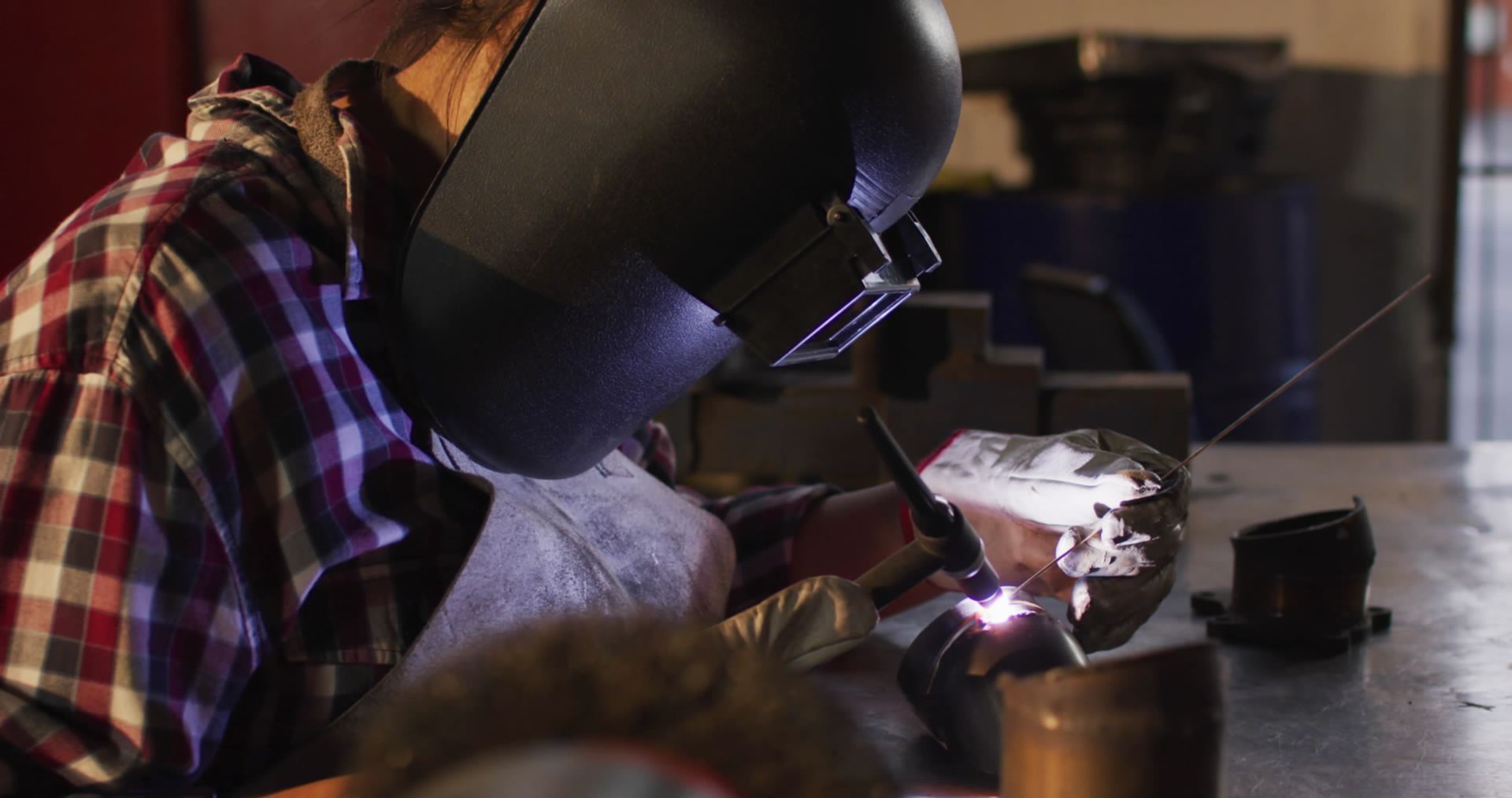
Power Planning: Getting the Juice Right
Nothing kills welding momentum like an inadequate power supply. Your electrical setup determines what you can accomplish and what is out of your range.
110V outlets perfectly handle lighter-duty work, including thin materials, hobby projects, and most MIG welding under 140 amps. However, don't underestimate the importance of dedicated circuits. Sharing power with other shop equipment creates voltage drops that affect weld quality.
220V outlets unlock serious welding potential. Thicker materials, aluminum TIG work, and industrial-grade stick welding all demand higher voltage. Install a 50-amp, 220V outlet minimum; you'll appreciate the headroom when tackling challenging projects.
Consider this: Electrical work isn't a DIY project. Hire a licensed electrician to ensure proper grounding and circuit protection (your life literally depends on it.)
Safety First: Your Personal Protection Arsenal
Safety equipment isn't optional—it's your lifeline. Each piece serves a specific purpose in your welding ecosystem.
Your welding helmet becomes your most trusted companion. Auto-darkening helmets eliminate the dangerous "nod and strike" technique that leaves beginners vulnerable to arc flash. Invest in adjustable sensitivity settings; different processes require different response times.
Fire-resistant gloves protect more than just your hands. They're your connection to the work, providing dexterity while shielding against spatter and heat. Keep multiple pairs on hand, as contaminated gloves can compromise work quality.
A quality respirator protects your lungs from metal fumes and grinding dust. P100 filters handle most welding applications, but specific materials like stainless steel or galvanized metal require specialized filtration.
Your fire extinguisher should be ABC-rated and positioned within 10 feet of your welding area. Check it monthly, as a dead extinguisher is worse than no extinguisher because it provides false security.
Organization: The Secret to Efficient Welding
A cluttered station kills productivity and creates safety hazards; systematic organization transforms chaos into project efficiency.
Create dedicated storage for consumables—wires, electrodes, and tungstens each need specific conditions. Moisture ruins stick electrodes, while wire feeds better from organized spools.
Label everything clearly to prevent mix-ups (grabbing the wrong tungsten type mid-project breaks your flow).
Cable ties help secure wires, tools, and equipment, reducing hazards and streamlining operations.
Tool organization follows the "one-motion rule". Every frequently used tool should be accessible with a single motion. Magnetic tool holders, pegboards, and rolling carts keep essentials within arm's reach.
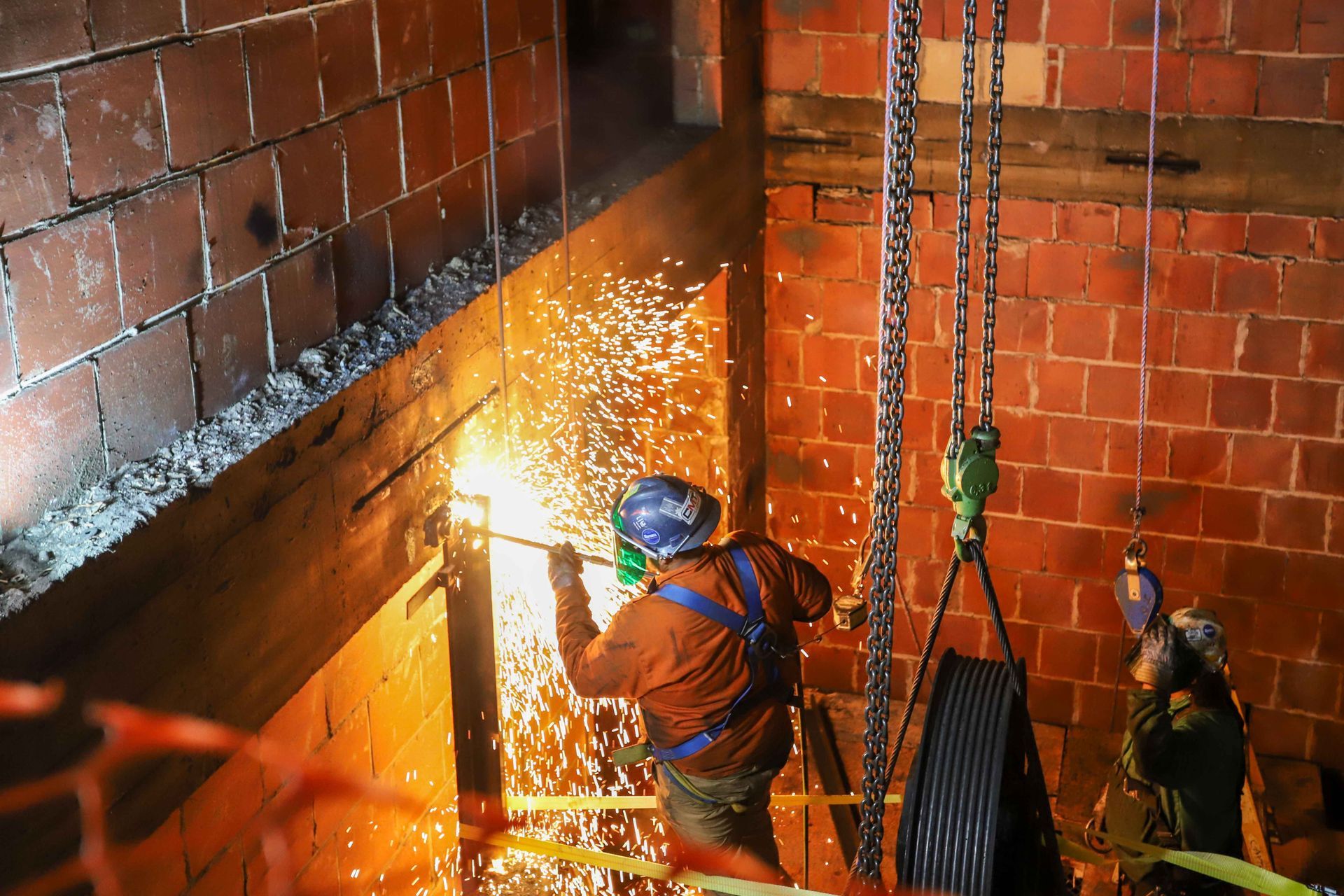
Strike Your First Arc with KDAR Company
Your welding station represents more than equipment; it's your creative laboratory, your problem-solving headquarters, and your gateway to building lasting things.
Take time to plan thoughtfully, invest in quality safety equipment, and organize systematically.
Remember: every master welder started exactly where you are now, staring at a space and dreaming of the projects they'd create. Your station is the first step in that journey.
At KDAR Company, our top priority is to provide welders, both DIY and professional, with the equipment and support they need to do their projects safely and efficiently, while becoming a trusted source for all things welding.
Check out our inventory, and contact our support team to get started today!
